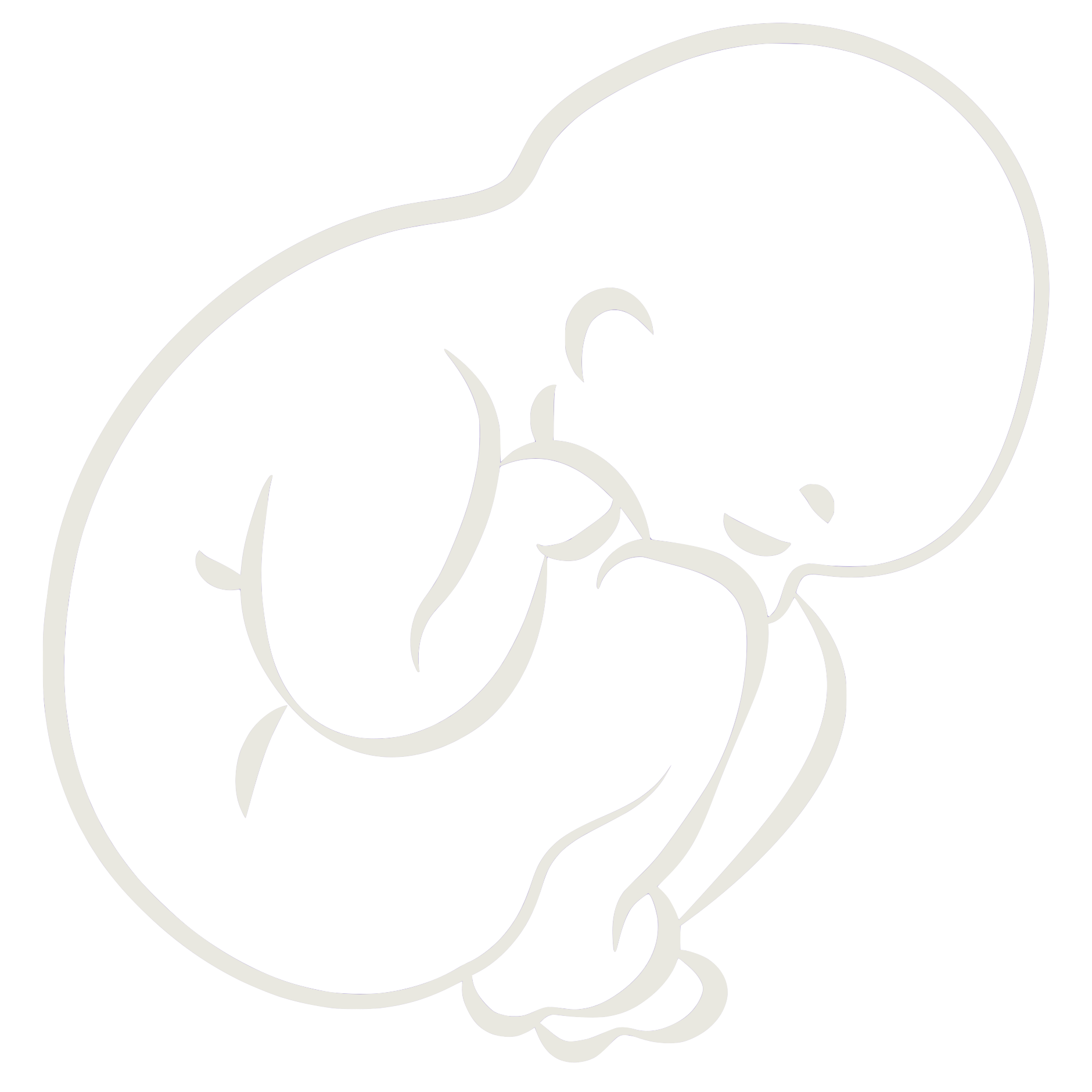
New parents are often jittery about the wellbeing of the babies and add baby poop to the mixture [no pun intended], and it can send a new parent hunting around for [unnecessary] medication and medical consultations.
It is fascinating though, that the content of a nappy, provide us with useful information. Who thought the colour and consistency of baby poop can actually tell us a lot about the baby’s wellbeing? To help you decode the hidden treasures, I have compiled a useful photo guide:






The main colors that we don’t like, are white, red, and black poop.
White poop can indicate an infection or a problem with the baby’s gall bladder [bile]. Black is a sign of digested blood and red indicates fresh blood. Sometimes, however, your baby might swallow blood from a cracked nipple. This is not harmful, unless you are diagnosed HIV-positive. Don’t discontinue breastfeeding, just make sure you treat the nipples appropriately.
The main colors that we don’t like, are white, red, and black poop.
Many new parents are concerned about the size of the poop, the frequency and the consistency. So, exactly how much and how often must your baby poop?
Well, it depends on what and how much he eats. What goes in must come out! And you will be astounded by the size of the pitch-black Meconium in the first few days of a newborn baby. It does not smell bad, but the amount is difficult to comprehend.
Exclusively breastfed babies have sloppier stool; 5-7 spits and spots of sloppy poop per day. It is watery, sometimes mustardy with some small yellow pips [milk curd]. This is not diarrhea and before you make a trip to the trauma unit of the hospital at midnight, read further!
Your breastfed baby’s poop will change depending on what you’ve eaten, and it is not uncommon to find green stool if you overindulged in spinach or red spots in the poop if you particularly love beetroot! The sloppy poop will firm up slightly when he starts eating solid foods at 6 months.
As your breastmilk matures, the number of feeds will drop in frequency as well, sometimes only every other day. This does not mean that the baby is now suddenly constipated. If the poop is soft; your baby picks up weight and has unrestricted access to the breast, your baby is fine
If your baby’s bowel movements suddenly change, he looks unwell, refuses to drink or has more explosive types of stool, then it’s probably diarrhea. While a severe case of diarrhea can alarm even the most unflappable parents, most cases of diarrhea are relatively mild and don’t pose a major health risk.
The true cause of diarrhea is not easy to pinpoint, and it may take a while for the parents to identify the reasons. This may include illness, lactose intolerance, sensitive gut, or formula milk sensitivity.
The causes of diarrhea are not easy to determine. It may be caused by infections, parasites, antibiotics, or something he ate. Remember, if it was caused by infections, your baby will probably vomit and run a temperature as well. Don’t underestimate an ear infections contribution to diarrhea. In addition to the mentioned symptoms, your baby may be pulling his ears, has a loss of appetite or recently had a cold or flu.
Parasitic infections can also cause diarrhea and is often caused by uncooked meat. Symptoms may include gas, bloating, diarrhea, and greasy stools. You need to take your baby to a doctor or clinic for treatment.
Antibiotics destroys good bacteria in the intestines along with the problem-causing bacteria. Talk to his doctor about alternatives and remedies, but don’t stop giving any prescribed medication to your baby until his doctor gives you the go-ahead.
Older children may develop diarrhea because of too much fruit juice, or sweetened drinks. If your baby is formula-fed, remember that incorrect mixing of the formula may also cause diarrhea. Don’t dilute the mixture or add more formula for “love”.
Milk protein is the most common food allergen which may cause a reaction, vomiting, diarrhea and skin reactions. Don’t give your baby cow’s milk straight from the fridge until after his first birthday.
Lactose intolerance, although unusual in babies, can cause symptoms such as diarrhea, abdominal cramping, bloating, and gas. Symptoms usually start half an hour to two hours after consuming milk products.
There are various lactose free milk formulas on the market; all of them are similar in nature and are just made by different companies. These products are expensive, and babies should not be placed on them randomly.
Some anti-diarrhea formula rehydrates the baby by replacing fluid and electrolytes, while continuing to feed with easily digestible ingredients. It is very low in lactose and sucrose-free, and fruit flavored to encourage feeding in infants who are off their food.
Symptoms of lactose intolerance include abdominal cramps, abdominal distension (bloating) gas, diarrhea, and failure to thrive
The baby does not only lose water when he suffers from diarrhea, he also loses potassium and will be prone to dehydration. Dehydration in babies less than 12 months can be dangerous, and steps should be taken to replace lost fluids, sugar and salt.
 Signs of dehydration are general listlessness and a sunken fontanelle (soft spot on the top of the head). The baby may wet her nappy less frequently.
Signs of dehydration are general listlessness and a sunken fontanelle (soft spot on the top of the head). The baby may wet her nappy less frequently.

Diana du Plessis is an independent Midwifery consultant and researcher. She specializes in midwifery and neonatology and lectures widely to nursing professionals and academic audiences on a national and international level.
She is a passionate childbirth educator and national spokesperson on breastfeeding. She is the author and co-author of various nursing and midwifery publications (books and peer-reviewed articles).
